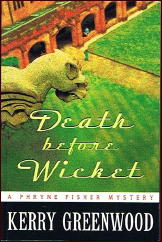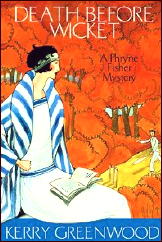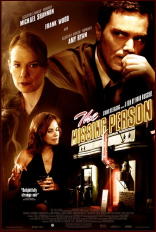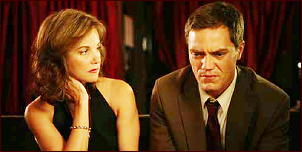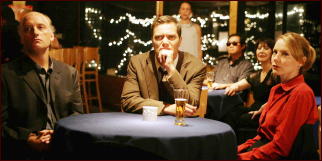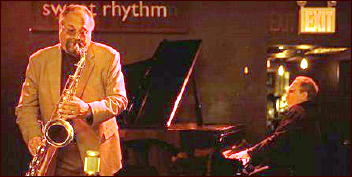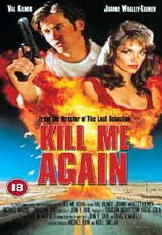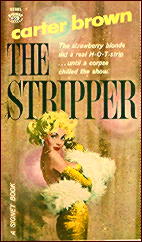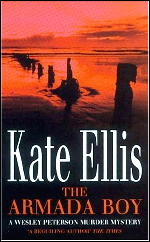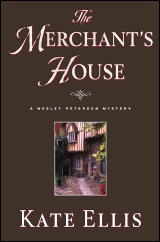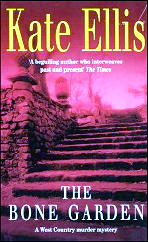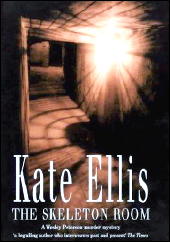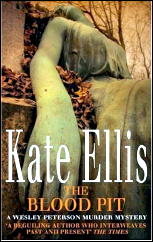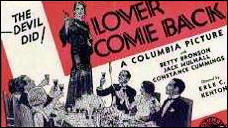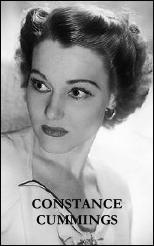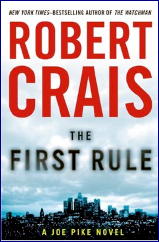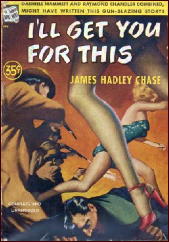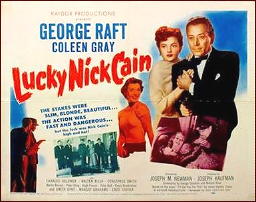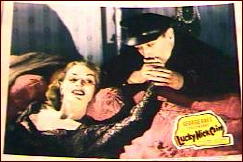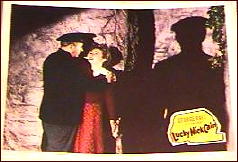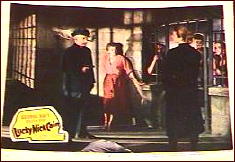Tue 4 May 2010
A Movie Review by David L. Vineyard: THE BRIBE (1949).
Posted by Steve under Mystery movies , Pulp Fiction , Reviews[12] Comments
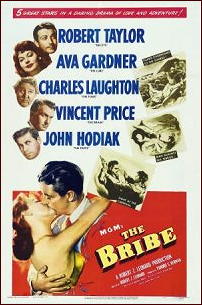
THE BRIBE. MGM, 1949. Robert Taylor, Ava Gardner, Charles Laughton, Vincent Price, John Hodiak, John Hoyt, Samuel S. Hinds. Screenplay by Marguerite Roberts, based on a story by Frederick Nebel (Cosmopolitan, September 1947). Director: Robert Z. Leonard.
This slick, well done film noir with a top notch cast may not be one of the greats of the genre, but it is an intelligent and handsomely done film with a top notch cast in attractive locations, plus a wonderfully sleazy portrayal by Charles Laughton as an opportunistic coward who almost lifts the movie far above itself.
Robert Taylor is Rigby (“I never knew a crooked road could look so straight.”), a tough emotionally remote and cold hearted Federal agent sent to Central America to track down surplus WW II airplane parts that have gone missing (*) and are showing up places the government would rather they didn’t.
Rigby’s only clue is the suspect Tugwell ‘Tug’ Hintten (John Hodiak) and his night club chanteuse wife Elizabeth (Ava Gardner), so he moves in on the couple and especially Gardner hoping to get close enough to find Hintten’s contacts.
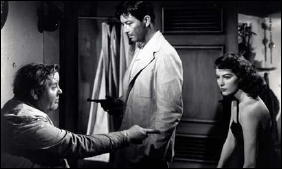
But Rigby’s carefully polished armor begins to tarnish and show cracks under the powerful appeal of Elizabeth and the sensual tropical atmosphere.
He discovers that there is more than one kind of bribe when he realizes that Hintten and the man behind him are using Elizabeth and the promise she offers to distract him and get him to turn his gaze away from their activities.
Laughton is an expatriate, J. J. Beale, who attaches himself to Rigby like a leech, both gathering and selling information. It’s a superb little performance that stands out in this dark sweaty melodrama.
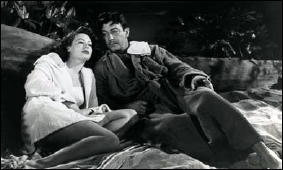
Vincent Price is Cardwell, a tourist who may be more involved than he seems. Not a great performance, but at the time Price specialized in these roles and did them with rare skill, and over the years Price played enough variations that you couldn’t always count on how his character would turn out, even when you were certain you knew going in.
As Rigby grows more attracted to Elizabeth he is caught between his mission, her distrust of him. and the still open question of whether she is a victim or part of the plot. How loyal is she to Tug, her husband, and how far will she go to protect him even if she no longer loves him?
Elizabeth: I’m not?
Rigby: OK, so you are, but you’d be surprised how nice the birds and the beasts can be if you’ll only give them a chance.
Elizabeth: Tell me, Rigby, do you fly, walk on all fours…or crawl?
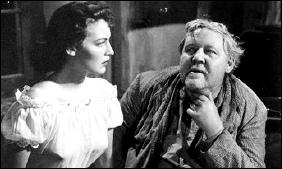
As Rigby gets closer to Elizabeth, and to betraying his mission for her, circumstances grow more desperate, and Tug begins to unravel under the pressure of his crimes and his dissolving marriage becoming a danger to his partners.
The finale is a fine set piece set during Carnival, with a suspenseful and well staged shootout among the surging celebrating crowds in elaborate costumes. (Ironically it may remind you of a similar scene in Hodiak’s film Two Smart People set at Mardi Gras.)
The Bribe is based on one of the few crime stories written by Black Mask alumnus Fred Nebel for the slicks, where he labored with notable success after the pulps died out as a regular along with Doc Savage creator Lester Dent.
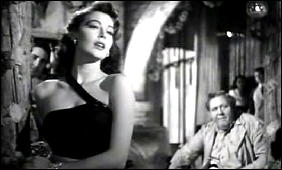
(At the time the ‘slicks,’ as magazines such as The Saturday Evening Post and Colliers were called, actually paid better than selling a novel. Many writers works are largely lost to us since the major part of their output appeared in novella or novelette form in these now forgotten magazines, too long to be collected in most anthologies and too short to be published as a novel. As a result many highly successful writers are all but forgotten today because of the format and the market their work appeared in.)
I admit I probably like this slick little noir film much better than it deserves. It is only superficial noir, lacking the raw qualities of many of the classics, but the leads are handsome and capable, the script taut and intelligent (though in some ways it is closer to silent melodrama than modern noir), and whenever Charles Laughton’s J.J. Beale is on screen, the film threatens to become something more than a good noirish thriller.
The Bribe isn’t a noir classic by any means, but it is a capable A-film of its era and with that Laughton performance well worth catching.
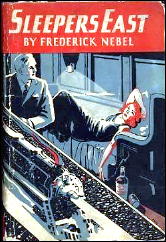
Note: Of course Fred Nebel is the legendary author of Sleepers East and the adventures of newsman Kennedy and his cop pal Captain Steve McBride. (For the movies Kennedy became a woman, Torchy Blaine, played by Glenda Farrell, Jane Wyman, and Lola Lane, with Barton MacLane and Paul Kelly among the Steve McBride’s.)
He also penned the adventures of ruthless private eye tough Dick Donahue and the long running Cardigan series. Though many of his stories have been anthologized, his two novels have long been out of print, and his short fiction has been sadly neglected.
There is one collection of the Donahue stories (Six Deadly Dames), one of the Cardigan stories (The Adventures of Cardigan), a few pulp story reprints, and sadly no collection of the Kennedy and McBride stories from Black Mask. Luckily his work appears in most noir anthologies and in The Black Lizard Big Book of Pulp Fiction an entire Kennedy and McBride serial from Black Mask is reprinted.
* For some reason this film always reminds me of Charles Leonard’s (M. V. Heberden aka Mary Heberden) Paul Kilgerrin books about a tough ruthless insurance investigator who appeared in Treachery in Trieste, Sinister Squadron, Secret of the Spa, and others.
Editorial Comment: The Bribe is scheduled to be shown next on TCM this coming Wednesday, May 5th, at 4 pm. It is also available from the Warner Archives site.
